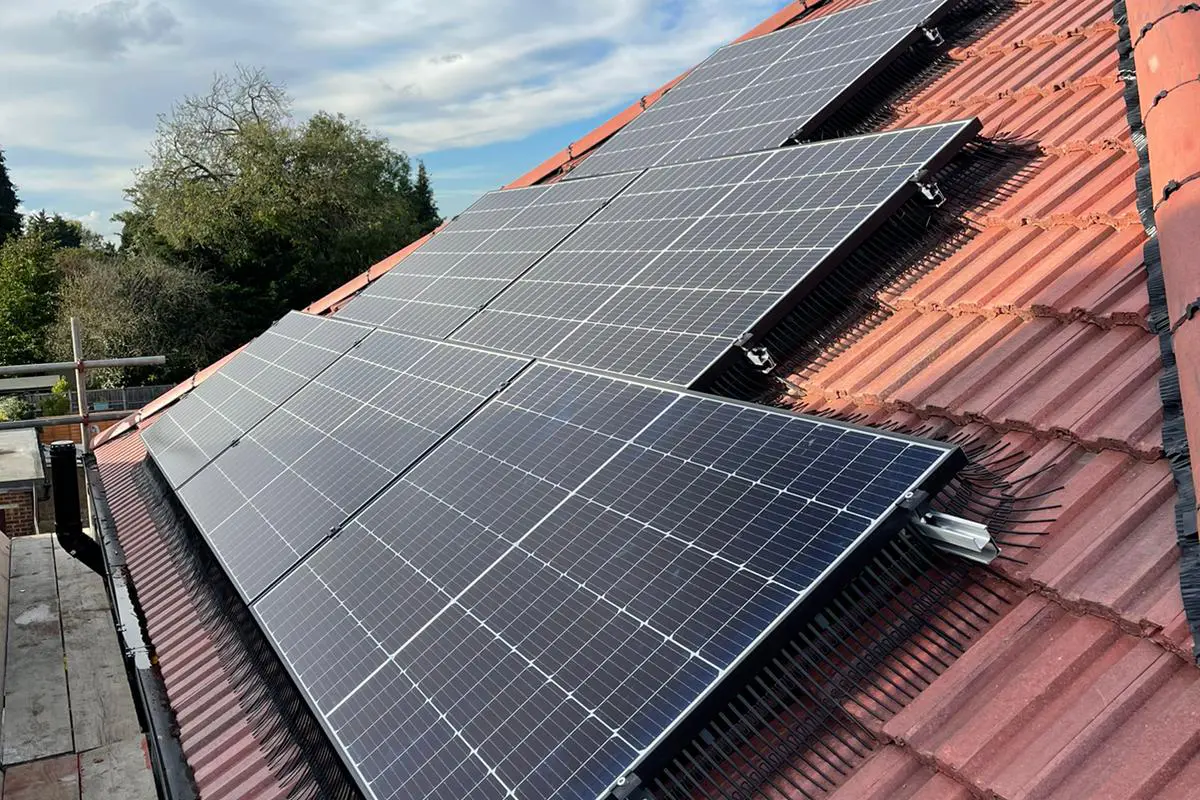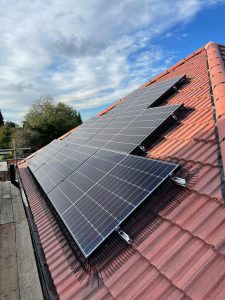The former president, who has died aged 100, famously installed thermal solar panels on the roof of the White House in 1979.
Following the death of Jimmy Carter, US president from 1977 to 1981, the flurry of obituaries highlighted not only his Nobel Prize-winning diplomacy but also his eco-credentials.
In stark contrast to the president-elect Donald Trump, Carter upheld green values and pioneered environmental policies decades before other world leaders grasped the urgency.
The former president, who died aged 100, famously installed thermal solar panels on the roof of the White House in 1979 – which were removed during renovations under the Reagan administration in the mid-1980s.
He enacted far more ambitious measures too, from his clean energy policies to conservation laws.
Here’s why Jimmy Carter will be remembered as America’s first green president and how his foresight still shapes climate discussions today.
‘The nation’s first comprehensive energy policy’
When Carter came to power in 1977, the world’s energy markets were still reeling from the 1973 oil embargo of the Arab-Israeli war.
They were delivered another blow in 1979 during the Iranian Revolution which caused a sudden collapse of crude oil production.
This chaos led Carter to ideate what biographer Jonathan Alter called “the nation’s first comprehensive energy policy”.
This progressive plan aimed to have 20 per cent of America’s energy coming from renewable sources by 2000 – an ambitious goal that has only recently been achieved.
Read more: euronews






